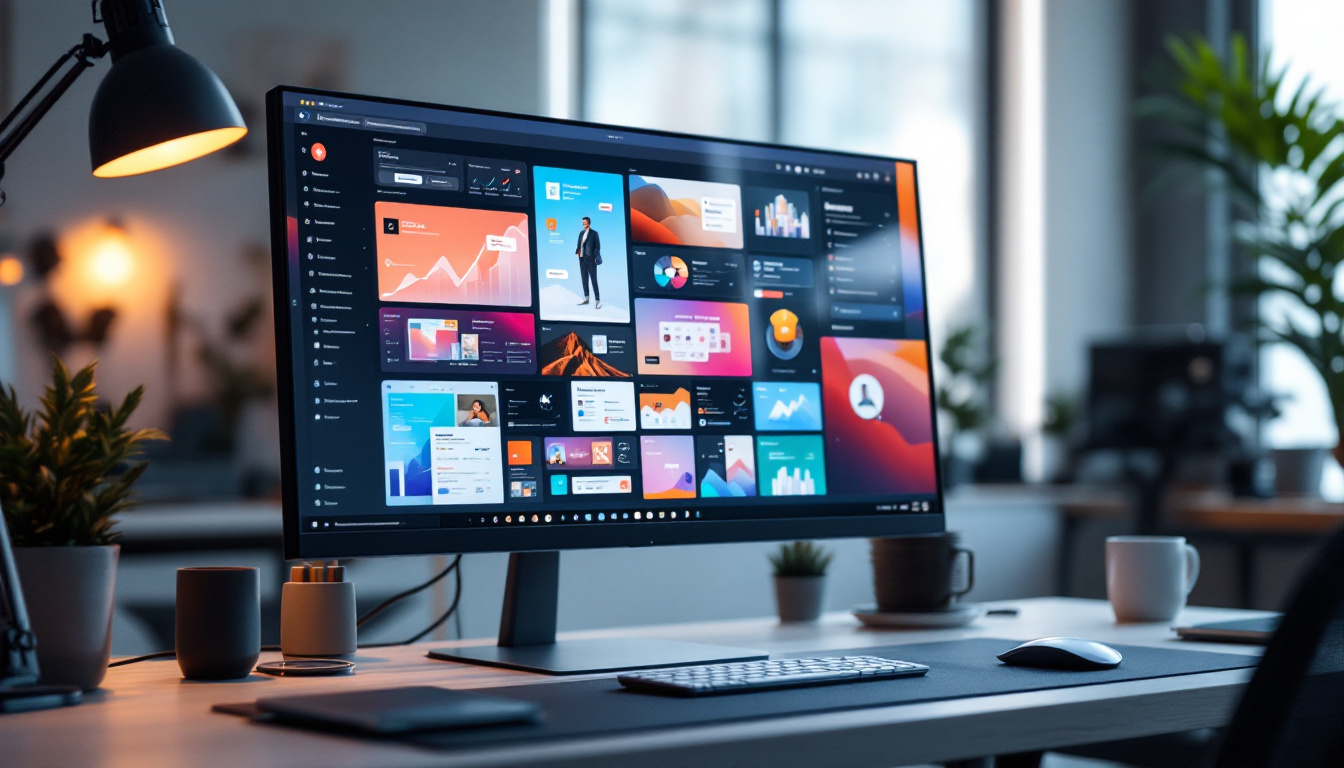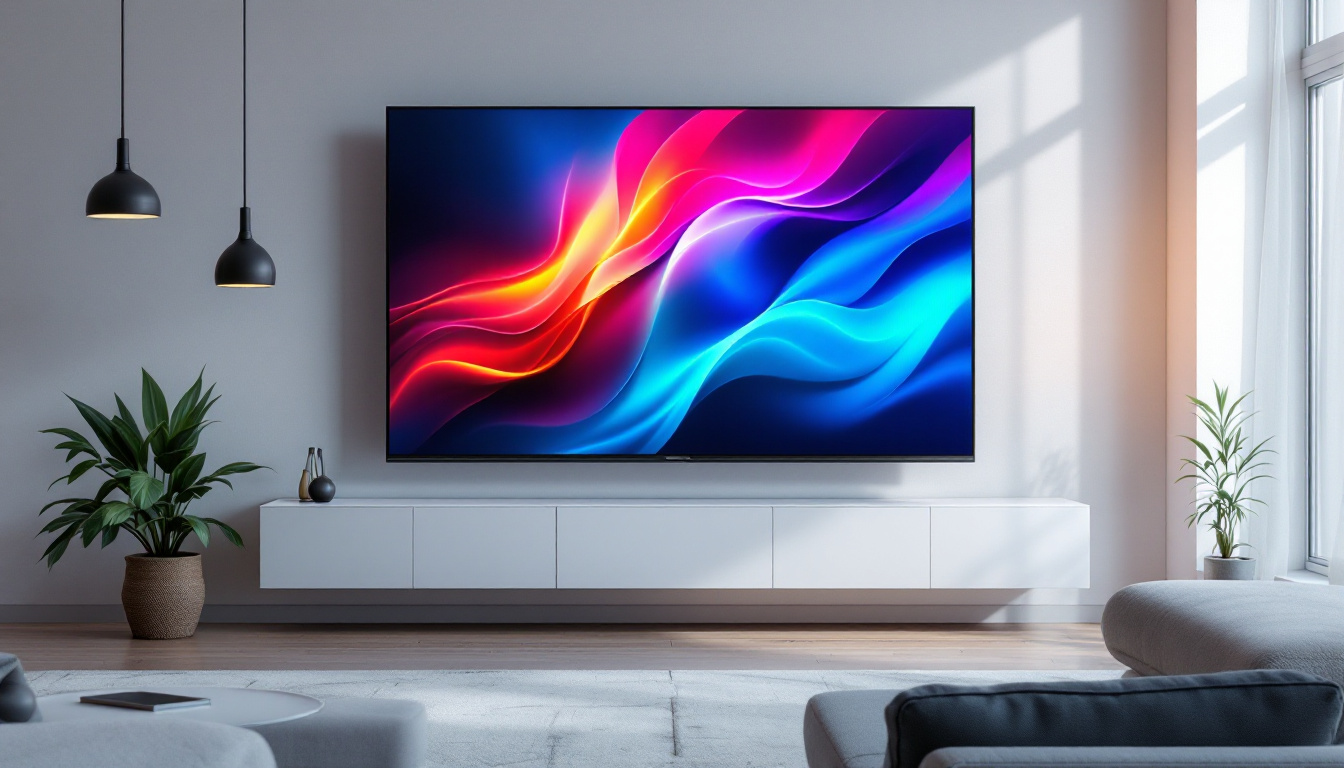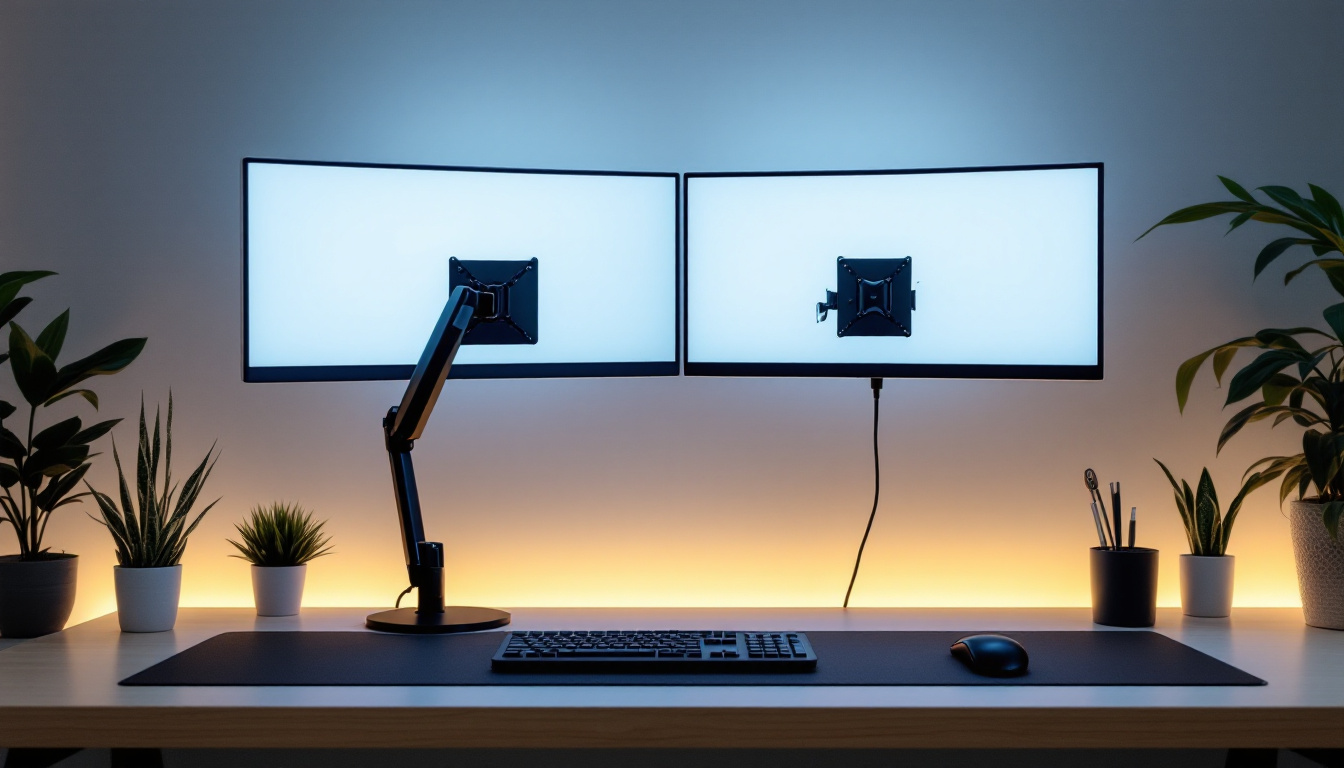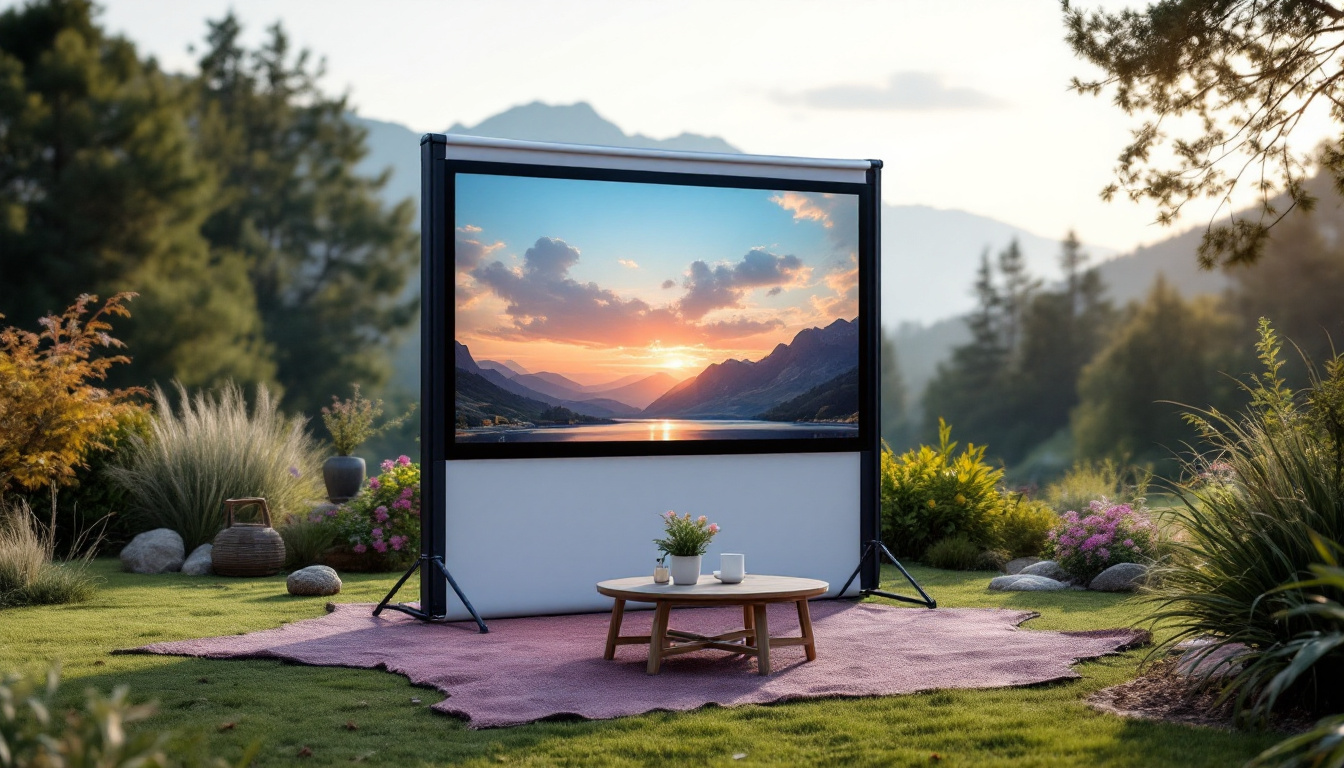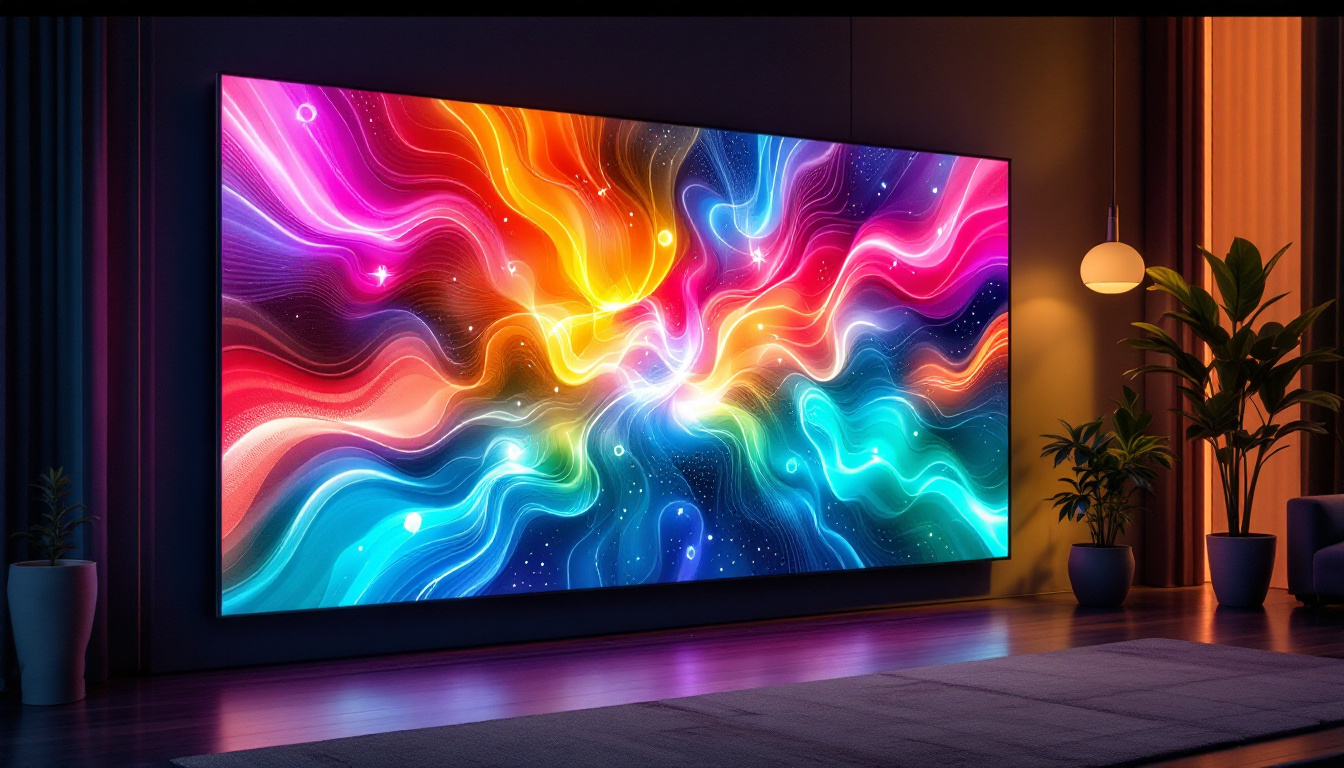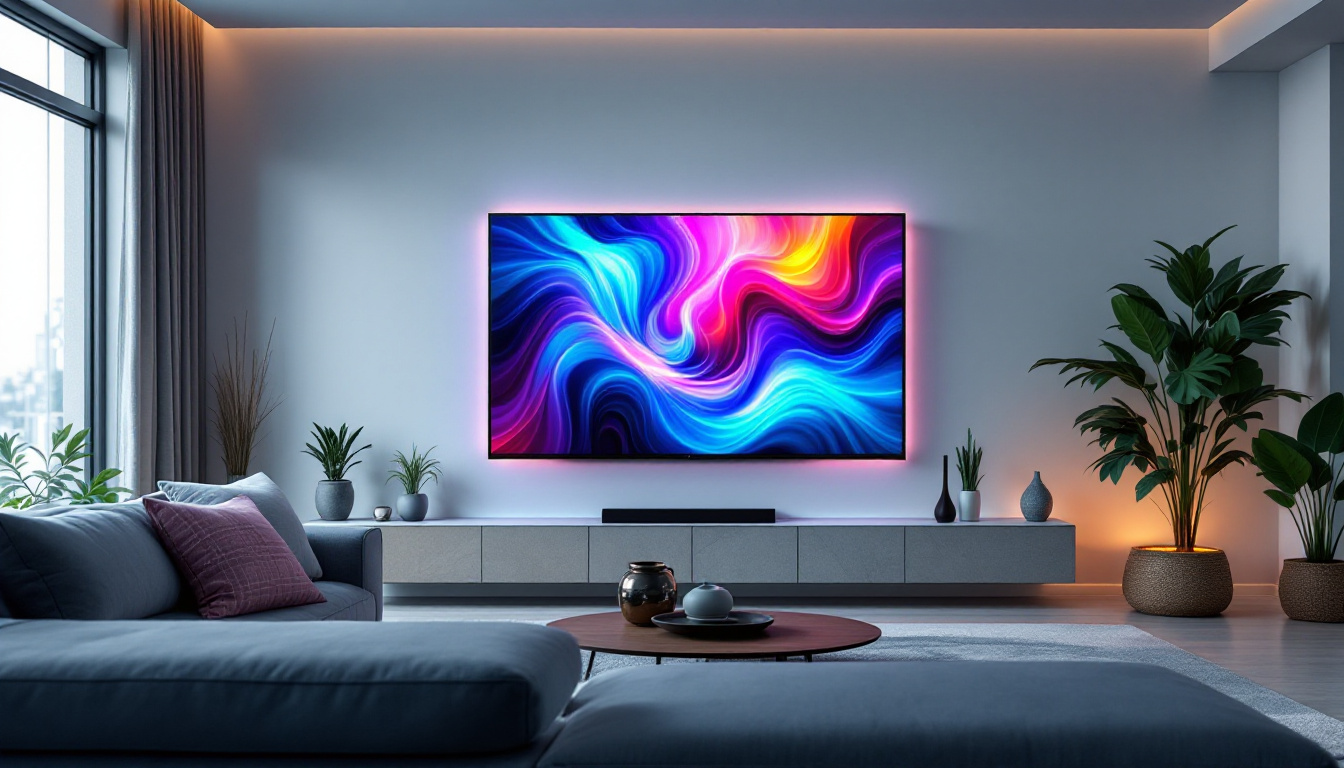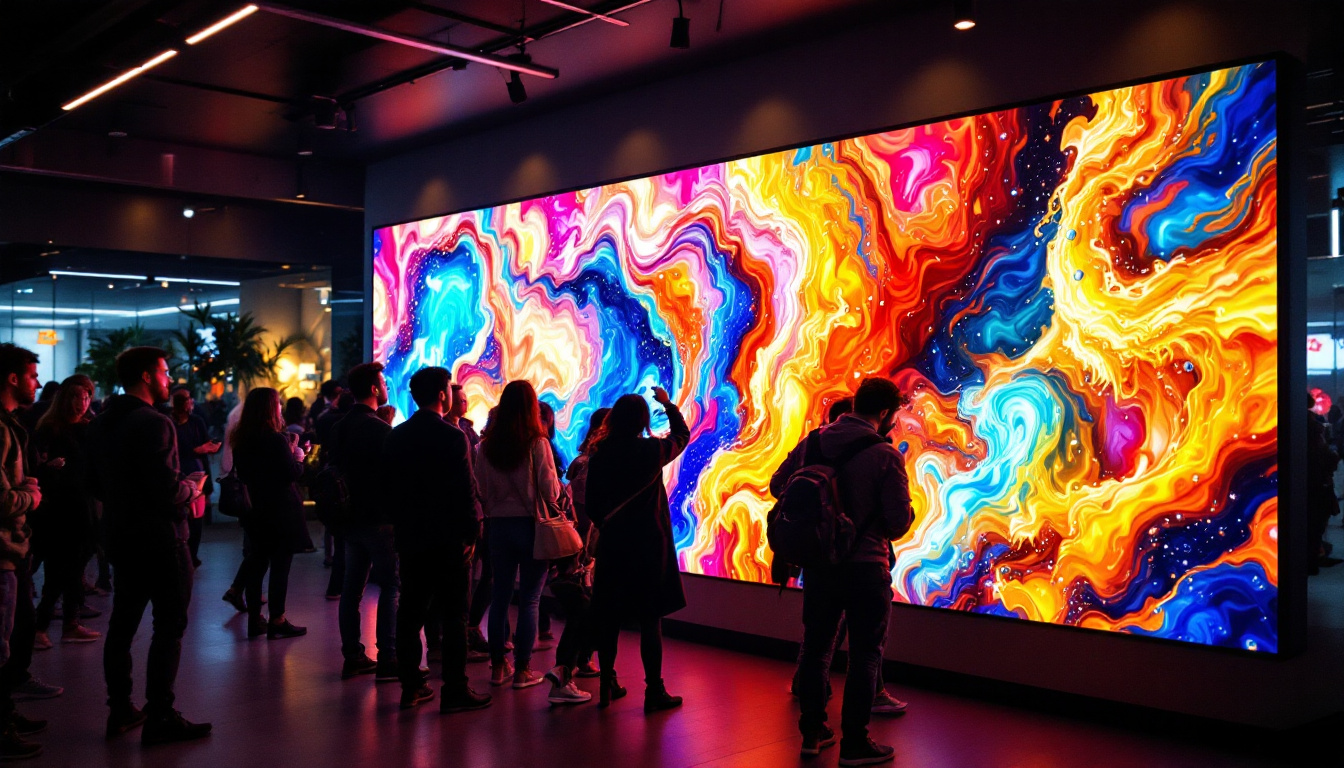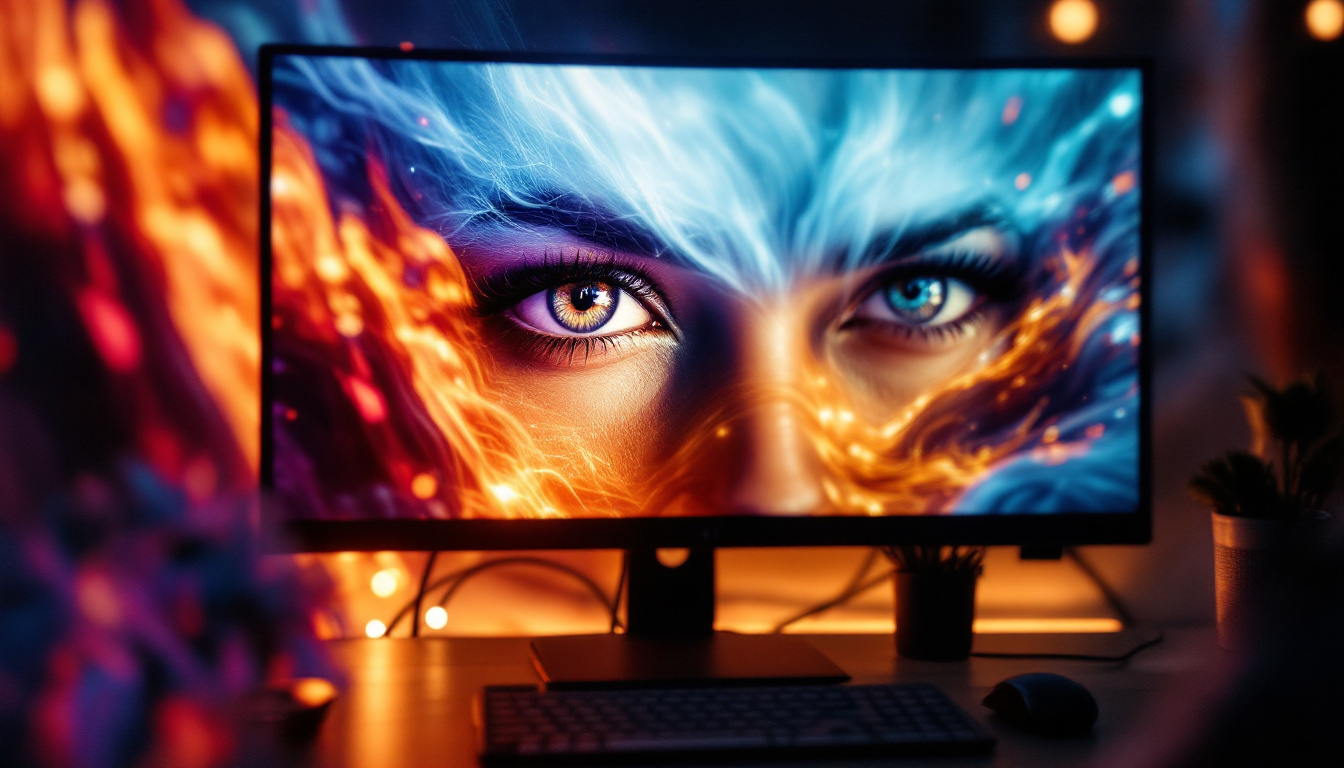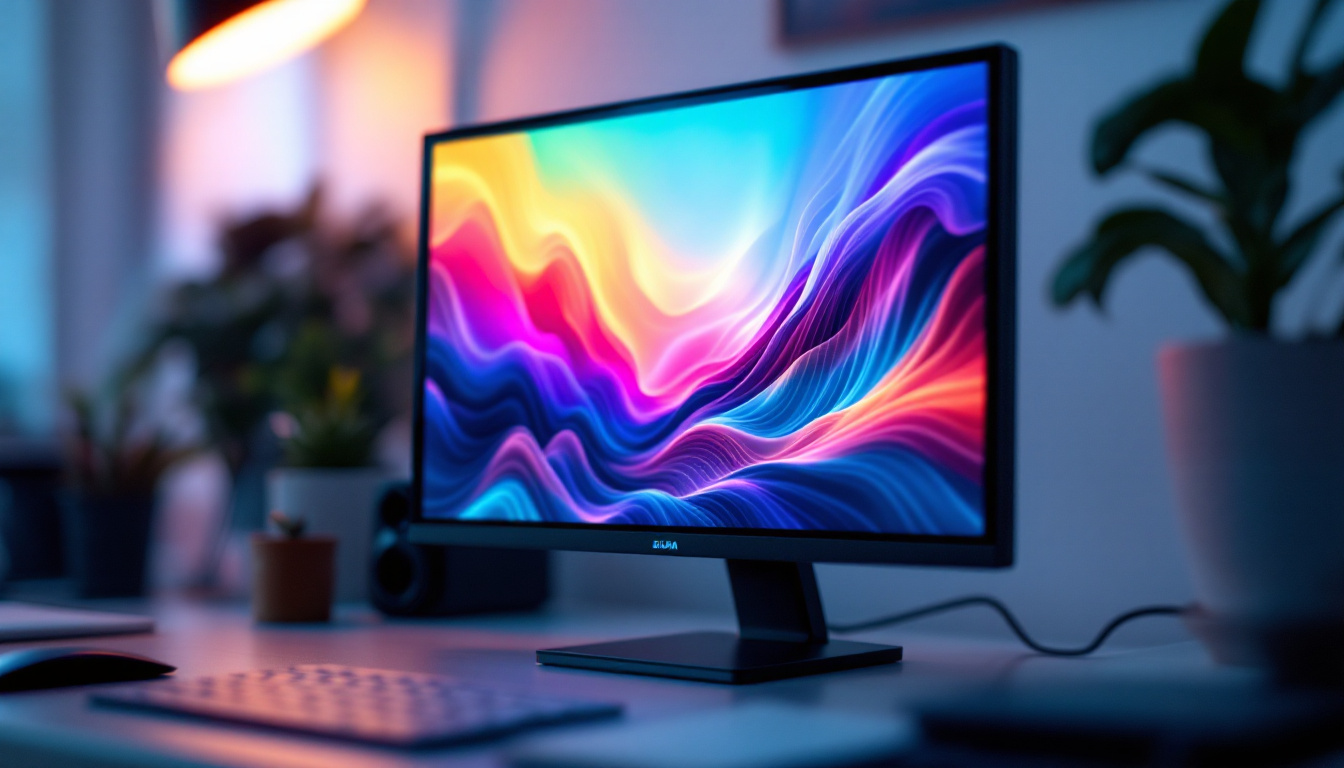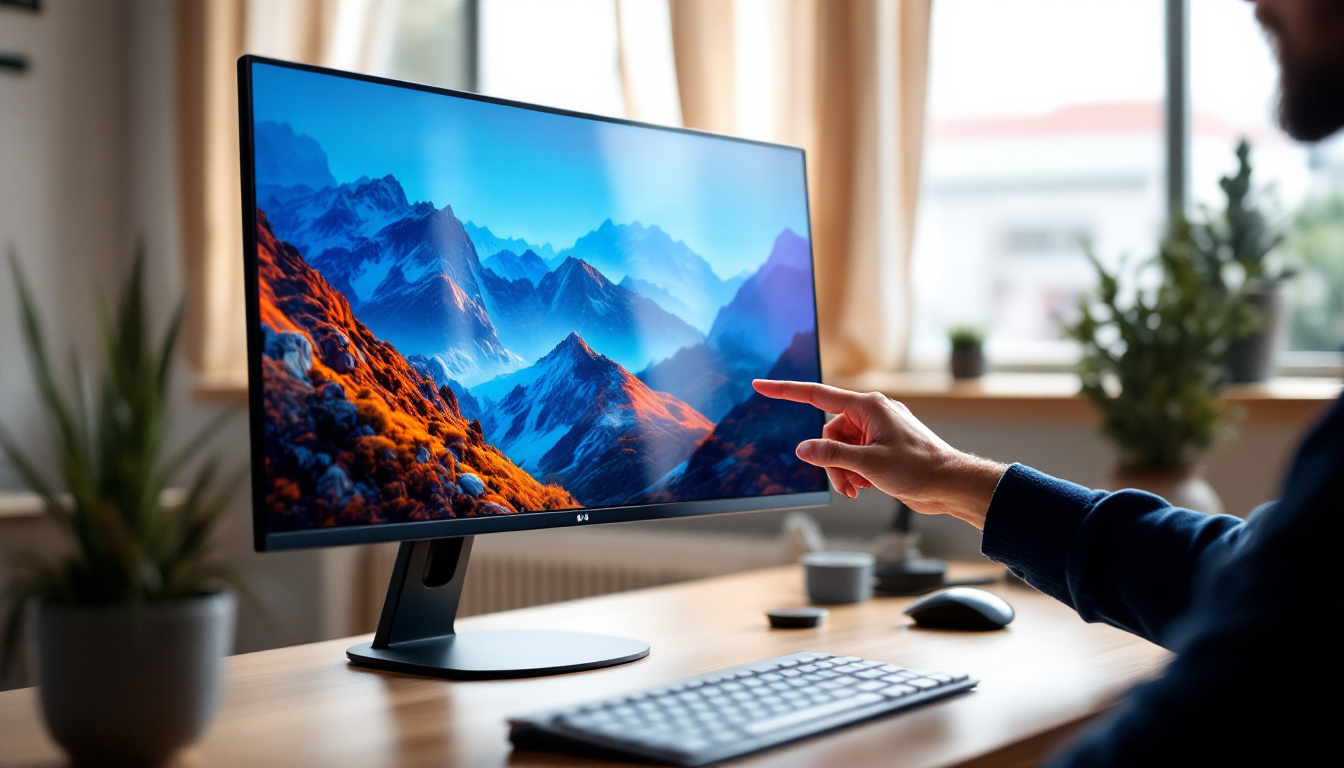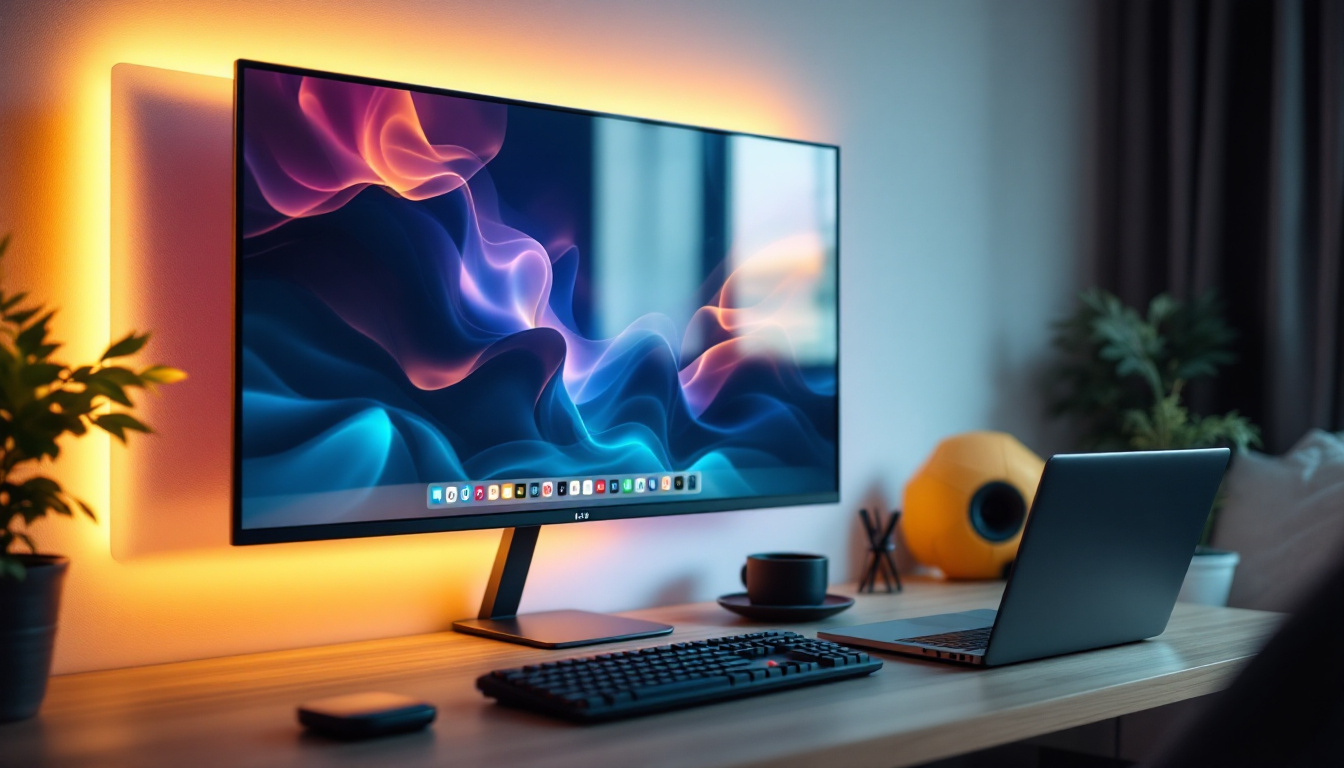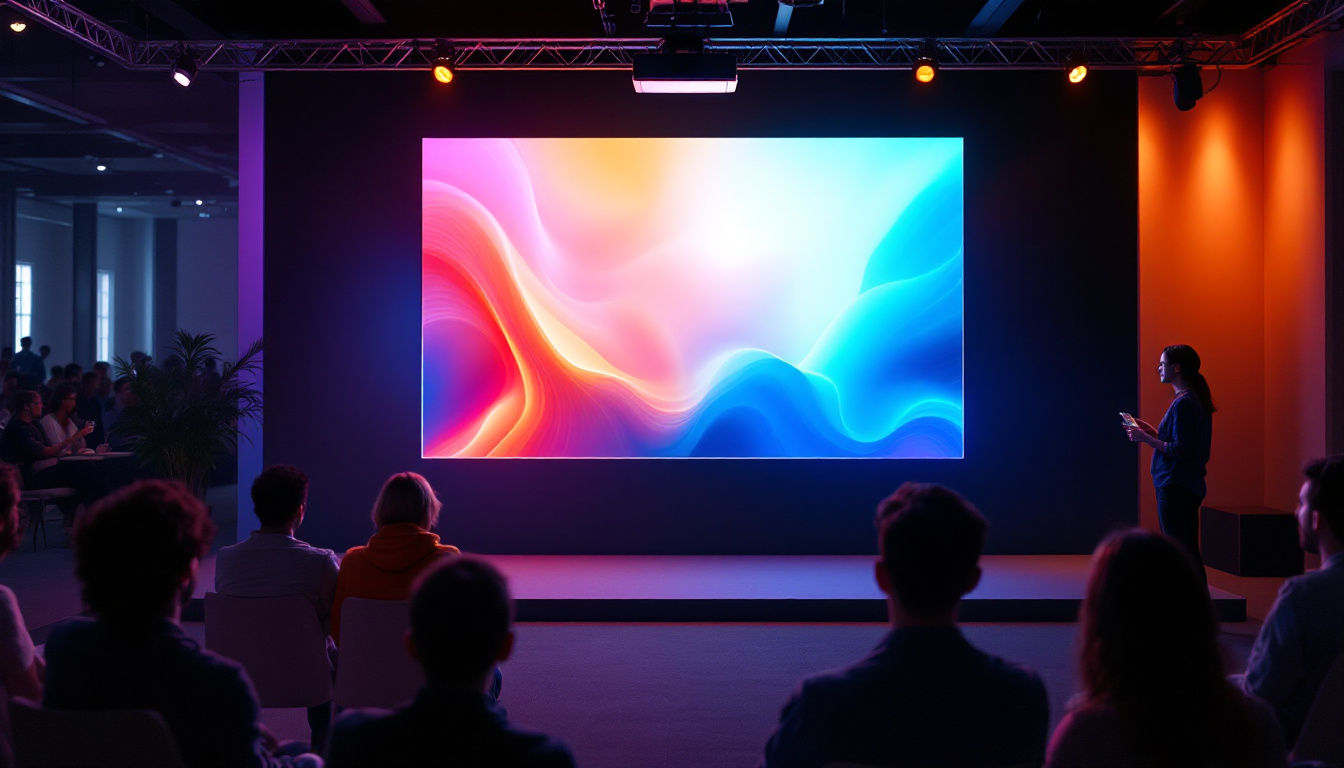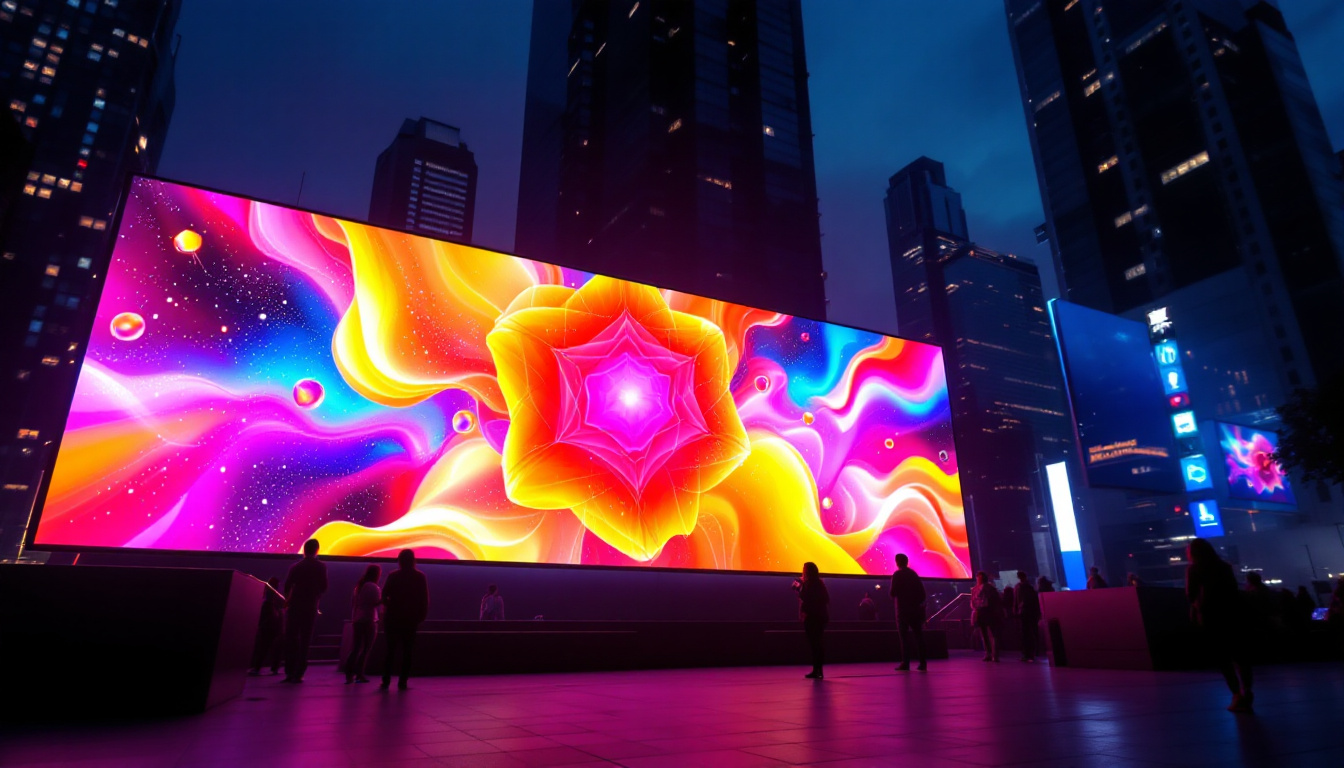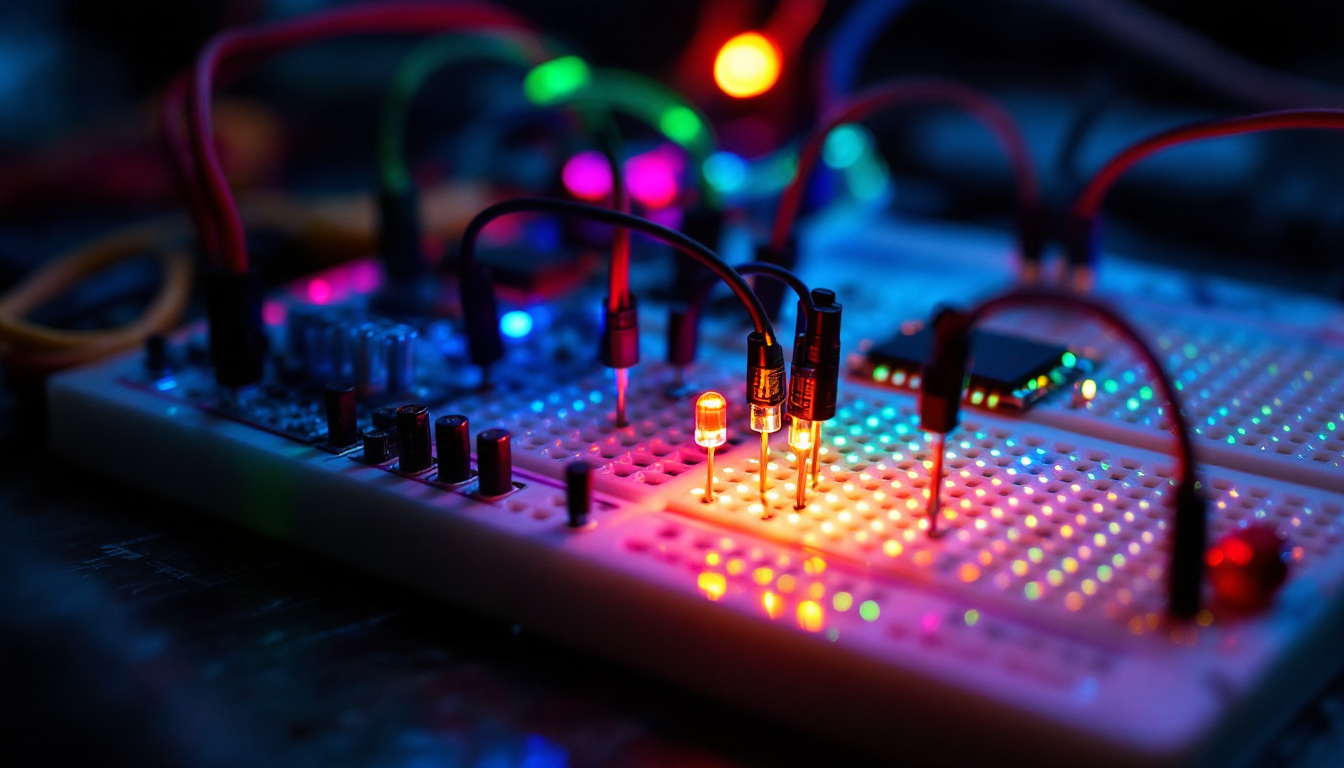In the rapidly evolving world of technology, the demand for multifunctional devices has surged. Among these innovations, the all-in-one monitor stands out as a versatile solution that integrates multiple functionalities into a single unit. This article delves into the intricacies of LED displays, highlighting their significance in all-in-one monitors, their advantages, and how they cater to various user needs.
Understanding All In One Monitors
All-in-one monitors combine the capabilities of a traditional computer with the functionality of a display, eliminating the need for separate components. These devices are designed to streamline workspace, reduce clutter, and enhance user experience. By integrating hardware and software, all-in-one monitors provide a seamless computing experience.
Components of an All In One Monitor
At the core of every all-in-one monitor is its LED display, which serves as the primary interface between the user and the device. In addition to the display, these units often include built-in processors, storage, speakers, and various connectivity options. The compact design allows for a more organized workspace, making it ideal for both home and office environments.
Furthermore, many all-in-one monitors come equipped with touch screen capabilities, enabling a more interactive experience. This feature is particularly beneficial for creative professionals who rely on precision and ease of use in their work. The integration of stylus support in some models further enhances this interactivity, allowing artists and designers to sketch and edit directly on the screen, thus bridging the gap between digital and physical creativity.
Advantages of All In One Monitors
One of the primary advantages of all-in-one monitors is their space-saving design. By eliminating the need for a separate tower, users can enjoy a cleaner and more efficient workspace. Additionally, these devices often come with advanced features, such as high-resolution displays and enhanced audio systems, which can significantly improve the overall user experience. The latest models even support 4K resolution, providing stunning visuals that are perfect for gaming, video editing, and media consumption.
Another benefit is the ease of setup. With fewer components to connect, users can quickly get their all-in-one monitor up and running, saving valuable time. This simplicity makes them particularly appealing to non-technical users who may find traditional desktop setups daunting. Moreover, many all-in-one monitors offer wireless connectivity options, allowing users to connect to the internet and other devices without the hassle of tangled cables. This feature not only enhances mobility but also contributes to a more aesthetically pleasing workspace, as it minimizes visual distractions.
The Role of LED Displays in All In One Monitors
LED (Light Emitting Diode) displays have become the standard for modern monitors, including all-in-one devices. Their popularity stems from several key advantages that enhance visual performance and energy efficiency.
Benefits of LED Technology
LED displays are known for their vibrant colors and high contrast ratios, which result in stunning visuals. This is particularly important for tasks that require color accuracy, such as graphic design and video editing. The ability to display deep blacks alongside bright whites allows for a more immersive viewing experience.
Moreover, LED technology is energy-efficient compared to traditional LCD displays. This not only reduces electricity costs but also contributes to a lower carbon footprint, making LED displays a more environmentally friendly option. In addition, the longevity of LED displays means that they often outlast their LCD counterparts, reducing the frequency of replacements and further minimizing waste.
Types of LED Displays
There are primarily two types of LED displays used in all-in-one monitors: edge-lit and backlit. Edge-lit LED displays use LEDs positioned around the edges of the screen, allowing for a thinner design. In contrast, backlit displays have LEDs placed directly behind the screen, providing better uniformity in brightness and color.
Each type has its advantages and disadvantages. Edge-lit displays are generally more energy-efficient and lighter, while backlit displays offer superior image quality and viewing angles. Users should consider their specific needs when choosing between these options. For instance, professionals in fields like photography may prefer backlit displays for their enhanced color accuracy, while casual users might opt for the sleek design of edge-lit models.
In addition to these two primary types, there’s also a growing trend towards OLED (Organic Light Emitting Diode) technology, which offers even deeper blacks and a wider color gamut. OLED displays can turn off individual pixels, resulting in true black levels and exceptional contrast. While still more expensive and less common in all-in-one monitors, the advancements in OLED technology are worth noting for those seeking the highest quality visuals. As technology continues to evolve, the integration of LED and OLED displays in all-in-one monitors is likely to redefine user experiences, making them more vibrant and engaging.
Choosing the Right All In One Monitor
When selecting an all-in-one monitor, several factors should be taken into account to ensure it meets individual requirements. From screen size to processing power, making an informed decision can significantly impact the user experience.
Screen Size and Resolution
The screen size is one of the most critical aspects to consider. Larger screens provide more workspace, which is beneficial for multitasking and productivity. However, it is essential to balance size with available desk space. Additionally, resolution plays a vital role in visual clarity. Full HD (1920 x 1080) is standard, but higher resolutions like 4K (3840 x 2160) offer even more detail, making them ideal for creative professionals. Users who engage in graphic design, video editing, or gaming will find that higher resolutions not only enhance the visual experience but also allow for more accurate color representation and finer detail, which can be crucial in their work.
Moreover, consider the aspect ratio of the monitor. While the traditional 16:9 ratio is common, ultrawide monitors with a 21:9 ratio can provide an immersive experience, especially for gaming and movie watching. These monitors allow users to enjoy a wider field of view, making them perfect for multitasking with multiple windows open side by side.
Processor and Performance
The performance of an all-in-one monitor largely depends on its processor. For everyday tasks such as browsing the internet and using office applications, a mid-range processor will suffice. However, for more demanding applications like gaming or video editing, a high-performance processor is essential to ensure smooth operation. The latest processors, such as Intel’s i7 or AMD’s Ryzen 7, can handle intensive workloads with ease, providing a seamless experience even when running multiple applications simultaneously.
Furthermore, RAM and storage options should also be considered. More RAM allows for better multitasking, while SSDs (Solid State Drives) provide faster boot times and application loading compared to traditional HDDs (Hard Disk Drives). Users should aim for at least 16GB of RAM for a smooth experience, especially if they plan to run resource-intensive software. Additionally, having a combination of SSD for the operating system and frequently used applications, along with an HDD for larger files, can optimize both speed and storage capacity, ensuring that users have quick access to their most important data.
Applications of All In One Monitors
All-in-one monitors are versatile devices that cater to a wide range of applications. From personal use to professional environments, their multifunctionality makes them suitable for various scenarios.
Home Use
For home users, all-in-one monitors are perfect for casual computing tasks such as web browsing, streaming videos, and social media. Their compact design makes them ideal for small living spaces, while touch screen capabilities can enhance the interactive experience for families and children.
Moreover, many all-in-one monitors come with built-in webcams and microphones, making them suitable for video calls and online meetings. This feature has gained popularity, especially with the rise of remote work and virtual communication.
Professional Environments
In professional settings, all-in-one monitors can significantly improve productivity. Their sleek design and powerful performance make them suitable for various industries, including finance, design, and education. The ability to connect to multiple devices and peripherals also enhances their functionality, allowing for a more streamlined workflow.
Additionally, their high-resolution displays are beneficial for tasks that require precision, such as graphic design and data analysis. The integration of advanced software solutions further enhances their usability in professional environments.
Future Trends in All In One Monitors
As technology continues to advance, the future of all-in-one monitors looks promising. Innovations in display technology, processing power, and connectivity options are set to redefine user experience.
Advancements in Display Technology
Future all-in-one monitors are likely to feature even more advanced display technologies, such as OLED (Organic Light Emitting Diode) and Mini-LED. These technologies offer superior color accuracy, contrast, and energy efficiency, which can significantly enhance the visual experience.
Moreover, the integration of augmented reality (AR) and virtual reality (VR) capabilities may become more prevalent, allowing users to interact with digital content in new and immersive ways. This could revolutionize fields such as education, training, and entertainment.
Enhanced Connectivity and Integration
As the Internet of Things (IoT) continues to grow, all-in-one monitors will likely feature enhanced connectivity options, allowing for seamless integration with other smart devices. This could enable users to control their home environment directly from their monitor, further streamlining their daily tasks.
Additionally, advancements in wireless technology, such as Wi-Fi 6 and Bluetooth 5.0, will improve connectivity and data transfer speeds, making all-in-one monitors even more efficient for both personal and professional use.
Conclusion
All-in-one monitors equipped with LED displays represent a significant advancement in computing technology. Their ability to combine multiple functionalities into a single device makes them a popular choice for users seeking efficiency and convenience. Understanding the components, advantages, and applications of these monitors can help individuals make informed decisions when selecting the right device for their needs.
As technology continues to evolve, all-in-one monitors will likely become even more versatile, incorporating advanced features that cater to the changing demands of users. Whether for home use or professional environments, these devices are poised to play a crucial role in the future of computing.
Discover the Future of Visual Experience with LumenMatrix
Ready to elevate your space with the latest in LED display technology? LumenMatrix is at the forefront of innovation, offering a wide array of LED display solutions tailored to your unique needs. From captivating Indoor and Outdoor LED Wall Displays to dynamic Vehicle and Sports LED Displays, our products are designed to revolutionize visual communication. Experience the difference with our All-in-One LED Displays and discover how our Custom and Transparent LED solutions can transform your brand’s visibility. Don’t miss out on the opportunity to create immersive visual experiences that engage and inspire. Check out LumenMatrix LED Display Solutions today and step into the future of digital signage.

